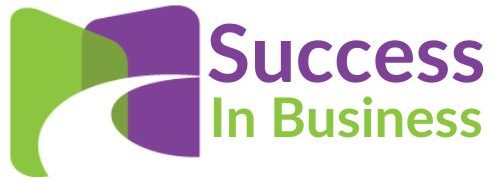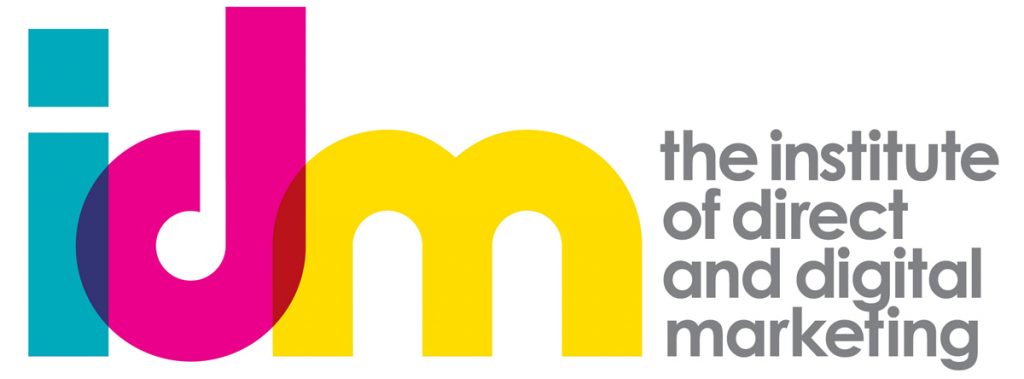I am often asked what data to keep in a CRM system. My first reaction seems counterintuitive: To be useful, keep as little data as possible.
So what is useful? To be useful, data must be complete, accurate (up-to-date), and you need to be able to access it in a timely manner. This is crucial as accurate data is the foundation of reliable decision-making and effective data management.
So, being useful has costs. You need to maintain it so that it is always accurate and up-to-date. You need to ensure it is complete and not taken out of context. And you need to make it accessible.
It’s more expensive to do this if you have the “same” data in more than one place because then you have to reconcile it across multiple systems, e.g., address and contact details. One answer is integration. Another is holding information in a relational database like a CRM where there is a single point of data entry.
Management easily overlooks another factor when making investment decisions about implementing CRM databases. None of this has any point unless the input data is itself accurate. Making decisions on faulty data is worse than not having data at all.
That means user adoption is crucial, and one of the barriers to adoption is that users feel overwhelmed. So, keeping it simple, which often means holding only data that is meaningful to the users, is critical. A lot of money is spent on technology but in my experience little on this most vital of areas. Considering user needs and preferences in data management can significantly enhance the effectiveness of your CRM system.
What data should you keep, then? This data needs to address at least the areas that follow.
Who is likely to want what I have to sell?
Theoretically, the more you know about the people who might want what you have to sell, the better. But what data, in reality, will drive your decision-making? What data will change how you manage clients through the client’s life cycle?
Of course, you can only sell to people who can buy. So, one vital piece of information is whether they can purchase what you are selling or get you to someone who can. Remember, many people can prevent you from selling, but that doesn’t mean they can buy!
From a marketing perspective you need to know what has worked in the past to find the people you want to sell to. If it worked before, it will probably work again. So, knowing where leads come from is an essential piece of data, but remember the more detail, the less information. What’s the minimum number of categories you could use?
How do I know they are ready to buy
Understanding where your customers are in their buying cycle is key to successful sales. By identifying the milestones in their journey, you can strategically manage your interactions with them. This knowledge can make you feel more in control and better equipped to meet their needs.
(Notice the focus on buying cycles, not sales processes. In my sales career, I have heard many apocryphal stories about how closing techniques won huge sales despite the client’s better judgment. It may occasionally work once, but you have little chance of ever selling to them again IMHO).
How can you know that a client or prospect has reached that stage in their buying cycle? Most businesses leave it to the salesperson’s finger in the wind, but is there objective data you can collect to identify this stage?
(I have sat in countless sales meetings with salespeople that have impressive pipelines which seem to fade into the future like a mirage.)
Why are they going to buy
If you don’t know why they will buy it, they probably don’t know themselves.
The truth is that people buy on emotion and justify their decisions through logic. The salesperson’s (or marketer’s) job is to engage people emotionally, but you need data to help them explain their decisions. These “drivers” may depend on the role that the person is playing and how long they have held that role.
It will also depend on how the business thinks about you—do they see you as strategic (only you can provide the solution to something that is crucial to their business), leveraged (what you offer is crucial, but others can provide it), bottlenecked (what you provide isn’t crucial, but they can only get it from you), or Consumable (what you sell isn’t critical, and they can get it anywhere)?
Who you talk to will tell you the answer. If your contacts are senior, they see you as strategic; if they are procurement, they see you as Leverage; if they are operations, you are a bottleneck; and if you are local and office management, you are consumable.
Strategic customers are looking for long-term relationships; leverage customers want to cut a deal and your margins; bottleneck customers want a contract, and consumables may not buy again.
Do you care if they buy again?
All customers are equal, but some are more equal than others.
A common misconception about Customer Relationship Management is that it’s about retaining as many existing customers as possible and selling to them again. But that isn’t very true. It is true of the 20% of customers who provide 80% of your profits, but it may not be true of the 80% of customers who provide only 20% of your profits.
Some of these customers may be costing you money—they are not buying from you; you are buying from them, e.g., prestige and cash flow if this is a huge national account and you are selling consumables. Only some businesses seriously ask themselves whether this is worth it or whether the money could be better spent on marketing. That means you need to keep data on the value of your clients.
So, you need to know how much each customer is worth long-term to your business—LTV. If they are worthwhile, then you need to track their business patterns, e.g., the Frequency and Recency of their purchases and how much Moiney they spend.
How will you use this data?
To sum up, there is no point in spending time and money collecting data that you don’t use to change or do something. What you do with it or what you change should be worth the time and effort of its collection.
I haven’t discussed GDPR in this article because enough has already been said about it. However, as a parting point, GDPR is not that different from Data Protection in the past; it just reflects best practices for data management and marketing.


